Home>Gardening & Outdoor>Landscaping Ideas>When To Plant Monkey Grass
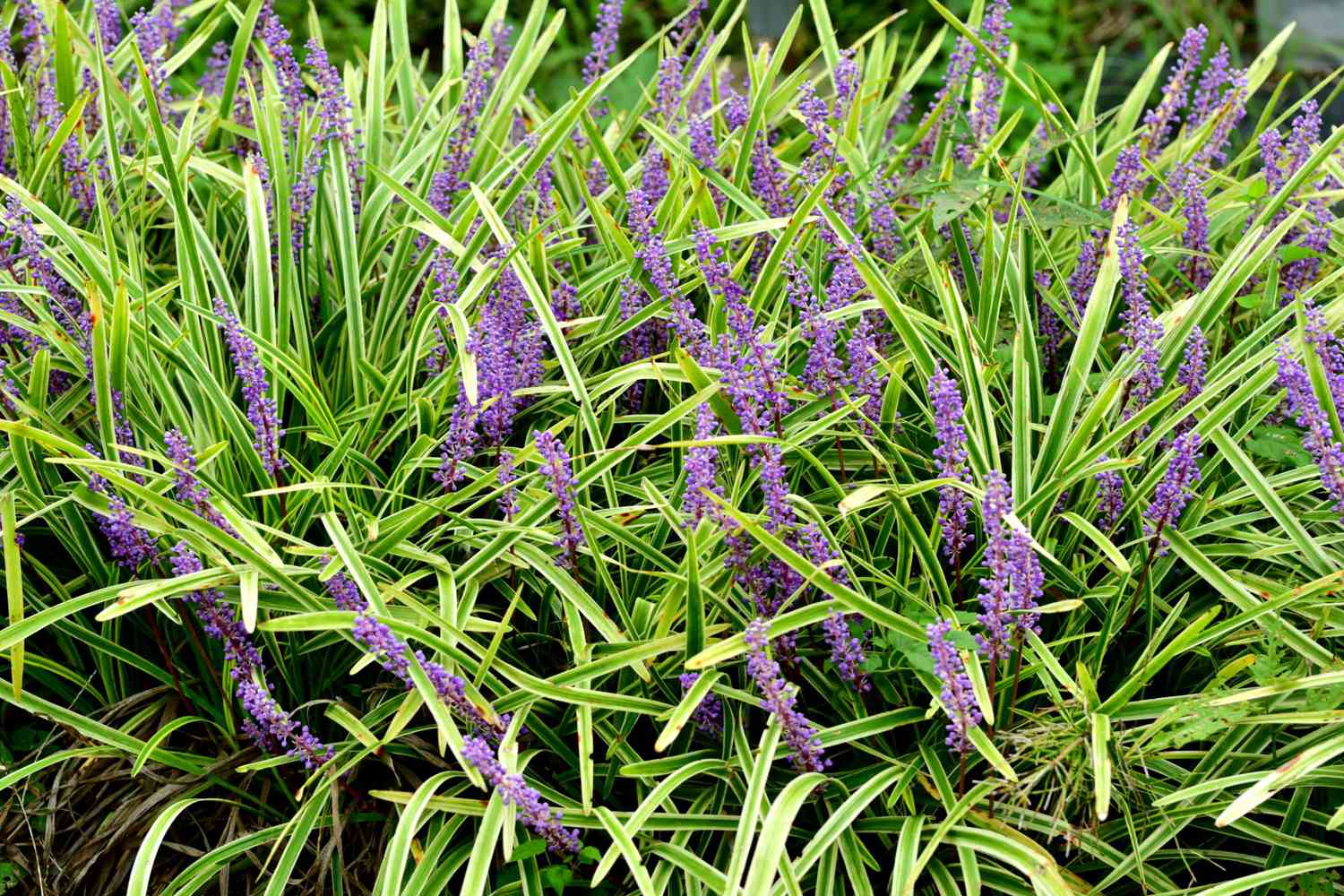

Landscaping Ideas
When To Plant Monkey Grass
Modified: March 29, 2024
Discover the best landscaping ideas for planting monkey grass and creating a lush, vibrant garden. Learn when to plant monkey grass for optimal growth and beauty. Ideal for both beginners and experienced gardeners.
(Many of the links in this article redirect to a specific reviewed product. Your purchase of these products through affiliate links helps to generate commission for Storables.com, at no extra cost. Learn more)
Introduction
Welcome to the wonderful world of landscaping! If you’re looking to add a touch of greenery and natural beauty to your outdoor space, monkey grass (Liriope muscari) is a fantastic option. This versatile and low-maintenance plant is a popular choice for borders, ground cover, and landscaping projects in various climates. Whether you’re a seasoned gardener or a novice enthusiast, learning about the best time to plant monkey grass is essential for its successful growth and long-term health.
In this comprehensive guide, we’ll delve into the specifics of monkey grass, including its characteristics, ideal growing conditions, and the optimal time for planting. By understanding these factors, you’ll be well-equipped to cultivate a thriving and vibrant monkey grass garden that enhances the visual appeal of your outdoor space.
Key Takeaways:
- Monkey grass is a versatile and low-maintenance plant that thrives in various climates and light conditions, making it a great choice for adding natural beauty to outdoor spaces.
- The best times to plant monkey grass are early spring and fall, providing favorable conditions for root development and establishment, leading to robust growth and a healthy garden.
Read more: Where To Plant Monkey Grass
Understanding Monkey Grass
Monkey grass, also known as lilyturf or spider grass, is a resilient and attractive perennial plant that belongs to the Asparagaceae family. Native to East Asia, this evergreen grass-like plant is celebrated for its versatility and ability to thrive in diverse environments. Its lush, strappy leaves and delicate, lavender-hued blooms make it a popular choice for adding texture and visual interest to gardens, pathways, and landscape borders.
One of the key appeals of monkey grass is its adaptability to different light conditions. Whether your outdoor space receives full sun, partial shade, or even full shade, monkey grass can flourish, making it an excellent choice for various landscaping scenarios. Additionally, its low-growing nature and spreading habit make it an effective ground cover, helping to suppress weed growth and create a neat, uniform appearance.
Monkey grass is available in several cultivars, offering a range of leaf colors, sizes, and growth habits. From the classic deep green variety to variegated options with cream or golden stripes, there’s a liriope muscari cultivar to suit every aesthetic preference. Furthermore, its tolerance for different soil types, including clay, loam, and sandy soils, adds to its appeal as a low-maintenance landscaping solution.
As a hardy and resilient plant, monkey grass is relatively resistant to pests and diseases, further contributing to its ease of care. Its ability to withstand periods of drought and its general pest resistance make it an excellent choice for gardeners seeking a low-fuss, high-impact addition to their outdoor spaces.
By understanding the characteristics and adaptability of monkey grass, you can appreciate its value as a versatile and visually appealing landscaping element. With this knowledge as a foundation, you’ll be better prepared to create a thriving monkey grass garden that elevates the beauty of your outdoor environment.
Climate and Soil Requirements
Monkey grass is renowned for its adaptability to a wide range of climates, making it a popular choice for landscaping projects in various regions. Whether you reside in a temperate zone, a subtropical area, or somewhere with harsh winters, there’s a monkey grass variety suited to your climate. This versatility extends to its ability to thrive in different light conditions, from full sun to full shade, allowing for flexible placement within outdoor spaces.
When it comes to soil, monkey grass is relatively undemanding. It can prosper in well-draining soil with a neutral to slightly acidic pH, typically ranging from 6.0 to 7.5. While it can tolerate different soil types, including clay, loam, and sandy soils, providing a well-draining environment is crucial to prevent waterlogging, which can lead to root rot and other issues.
For optimal growth and performance, it’s advisable to prepare the planting area by amending the soil with organic matter, such as compost or well-rotted manure. This enriches the soil, improves its structure, and enhances its ability to retain moisture, promoting healthy root development and overall plant vigor.
Understanding the specific climate and soil requirements of monkey grass is essential for successful cultivation. By selecting the right variety for your climate and ensuring well-draining, fertile soil, you can create an environment where monkey grass thrives, adding beauty and natural charm to your outdoor landscape.
Best Time to Plant Monkey Grass
Timing is crucial when it comes to planting monkey grass, as it directly impacts the plant’s establishment and long-term health. Generally, the best time to plant monkey grass is during the early spring or fall, when the weather conditions are conducive to root development and establishment.
Spring planting allows monkey grass to take advantage of the favorable growing conditions that follow the winter dormancy period. By planting in early spring, the plant has ample time to acclimate and establish its root system before the onset of the hot summer months. This timing sets the stage for robust growth and development, leading to a lush and healthy monkey grass bed.
Alternatively, fall planting offers several advantages for establishing monkey grass. As the temperatures begin to cool and the intensity of the sun diminishes, the plant experiences less stress during the initial stages of growth. The milder weather conditions of fall create an optimal environment for root establishment, giving the plant a head start before the arrival of winter. This early establishment enhances the plant’s resilience and prepares it for vigorous growth when spring arrives.
By choosing the right time to plant monkey grass, you can set the stage for its successful establishment and long-term vitality. Whether you opt for spring or fall planting, providing the plant with favorable conditions during its early stages is key to cultivating a thriving and visually appealing monkey grass garden.
How to Plant Monkey Grass
Planting monkey grass is a straightforward process that, when done correctly, sets the stage for healthy growth and long-term vitality. Whether you’re establishing a new monkey grass bed or adding to an existing landscape, following these steps can help ensure the successful establishment of this versatile and resilient plant.
Read more: When To Trim Monkey Grass
1. Site Selection:
Choose a location that aligns with the specific light requirements of your monkey grass variety. Whether it’s full sun, partial shade, or full shade, selecting an appropriate site sets the foundation for successful growth.
2. Soil Preparation:
Prepare the planting area by loosening the soil to a depth of 6 to 8 inches. Remove any debris, such as rocks or roots, and incorporate organic matter, such as compost or well-rotted manure, to enhance soil fertility and structure.
3. Planting Holes:
Dig planting holes that are twice the width of the root ball and at a depth equal to the height of the root ball. This allows ample space for the roots to spread and establish themselves in the soil.
4. Planting:
Carefully remove the monkey grass plants from their containers and gently loosen the roots. Place the plants in the prepared holes, ensuring that the top of the root ball is level with the surrounding soil surface. Space the plants according to the recommended planting distance for your specific variety.
Read more: When To Transplant Monkey Grass
5. Backfilling and Watering:
Backfill the holes with soil and gently firm the soil around the plants to remove air pockets. Water the newly planted monkey grass thoroughly to settle the soil and ensure adequate moisture for the roots.
6. Mulching:
Apply a layer of organic mulch, such as wood chips or pine straw, around the planted area to conserve moisture, suppress weed growth, and insulate the soil. Maintain a mulch layer of approximately 2 inches, keeping it away from direct contact with the plant stems.
7. Maintenance:
Monitor the moisture levels in the soil and water the monkey grass as needed, especially during dry periods. Additionally, remove any weeds that emerge in the planting area to reduce competition for nutrients and moisture.
By following these planting guidelines, you can establish monkey grass with the best possible start, laying the groundwork for a vibrant and flourishing addition to your outdoor landscape.
Caring for Monkey Grass
Once planted, caring for monkey grass involves a combination of maintenance practices designed to promote healthy growth, enhance visual appeal, and ensure long-term vitality. By tending to its needs and addressing key aspects of care, you can cultivate a lush and vibrant monkey grass garden that elevates the beauty of your outdoor space.
Read more: Why Is Monkey Grass Called Monkey Grass
1. Watering:
Established monkey grass typically requires minimal watering, as it is relatively drought-tolerant once its root system is well-established. However, during prolonged dry spells, providing supplemental water can help maintain its vigor and lush appearance. Water the plants deeply, allowing the soil to dry slightly between watering sessions to prevent waterlogging and root rot.
2. Pruning and Maintenance:
Regular maintenance, including the removal of spent flower spikes and old foliage, helps keep monkey grass looking tidy and attractive. In late winter or early spring, before the new growth emerges, trim back the old foliage to make way for fresh, vibrant leaves. This rejuvenation promotes healthy growth and rejuvenates the plant’s appearance.
3. Fertilization:
While monkey grass is relatively low-maintenance, applying a balanced, slow-release fertilizer in spring can provide the plant with essential nutrients for robust growth. Be sure to follow the manufacturer’s recommendations regarding application rates and methods to avoid over-fertilization, which can lead to excessive foliage at the expense of flower production.
4. Weed Control:
Regularly inspect the planting area for weeds and promptly remove any intruders to prevent them from competing with monkey grass for nutrients and moisture. A proactive approach to weed control helps maintain a clean and well-groomed appearance while minimizing the impact of invasive plants.
Read more: How To Cut Back Monkey Grass
5. Division:
Over time, monkey grass may benefit from division to rejuvenate its growth and prevent overcrowding. Dividing the plants every few years helps maintain their vigor and prevents the center of the clump from becoming sparse and less productive. Spring or fall is an ideal time for division, allowing the divided segments to establish themselves before the onset of harsh weather conditions.
By attending to these aspects of care, you can nurture a thriving monkey grass garden that enhances the visual appeal of your outdoor environment. With its low-maintenance nature and enduring charm, monkey grass is a valuable addition to any landscape, offering year-round interest and natural beauty.
Conclusion
In conclusion, monkey grass stands as a versatile and visually captivating addition to any outdoor landscape. Its adaptability to various light conditions, resilience in diverse climates, and low-maintenance nature make it a popular choice for gardeners and landscaping enthusiasts alike. By understanding the optimal conditions for planting and caring for monkey grass, you can create a flourishing and visually appealing garden that enriches the natural beauty of your outdoor space.
From its lush, strappy foliage to its delicate blooms, monkey grass brings texture, color, and year-round interest to garden beds, borders, and pathways. Its ability to thrive in different light conditions, coupled with its resilience to pests and diseases, positions it as a reliable and enduring landscaping solution. Whether used as a ground cover, a border plant, or a standalone feature, monkey grass offers versatility and aesthetic appeal.
By selecting the right variety for your climate, preparing the soil adequately, and planting at the optimal time, you can establish monkey grass with the best possible start. Subsequent care, including watering, pruning, and occasional division, ensures its long-term vitality and contributes to a vibrant and healthy display in your outdoor environment.
As you embark on your monkey grass gardening journey, remember that patience and attentive care are key to its success. Observing its growth, tending to its needs, and appreciating its enduring charm will reward you with a captivating and low-maintenance addition to your outdoor space.
Whether you’re a seasoned gardener or a novice enthusiast, the allure of monkey grass lies in its adaptability, resilience, and timeless beauty. With the knowledge gained from this guide, you’re well-equipped to cultivate a thriving monkey grass garden that enriches your outdoor environment and brings joy to all who encounter its natural splendor.
Frequently Asked Questions about When To Plant Monkey Grass
Was this page helpful?
At Storables.com, we guarantee accurate and reliable information. Our content, validated by Expert Board Contributors, is crafted following stringent Editorial Policies. We're committed to providing you with well-researched, expert-backed insights for all your informational needs.
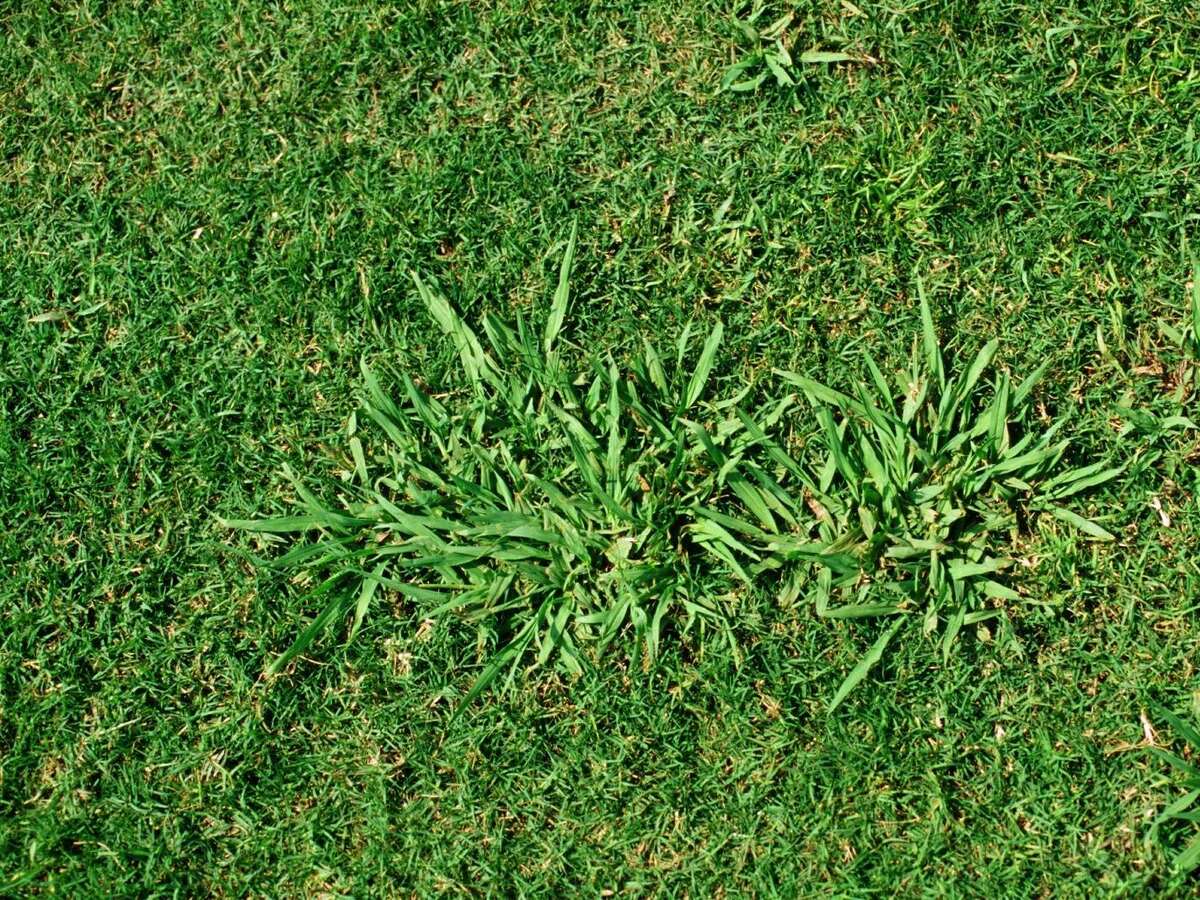
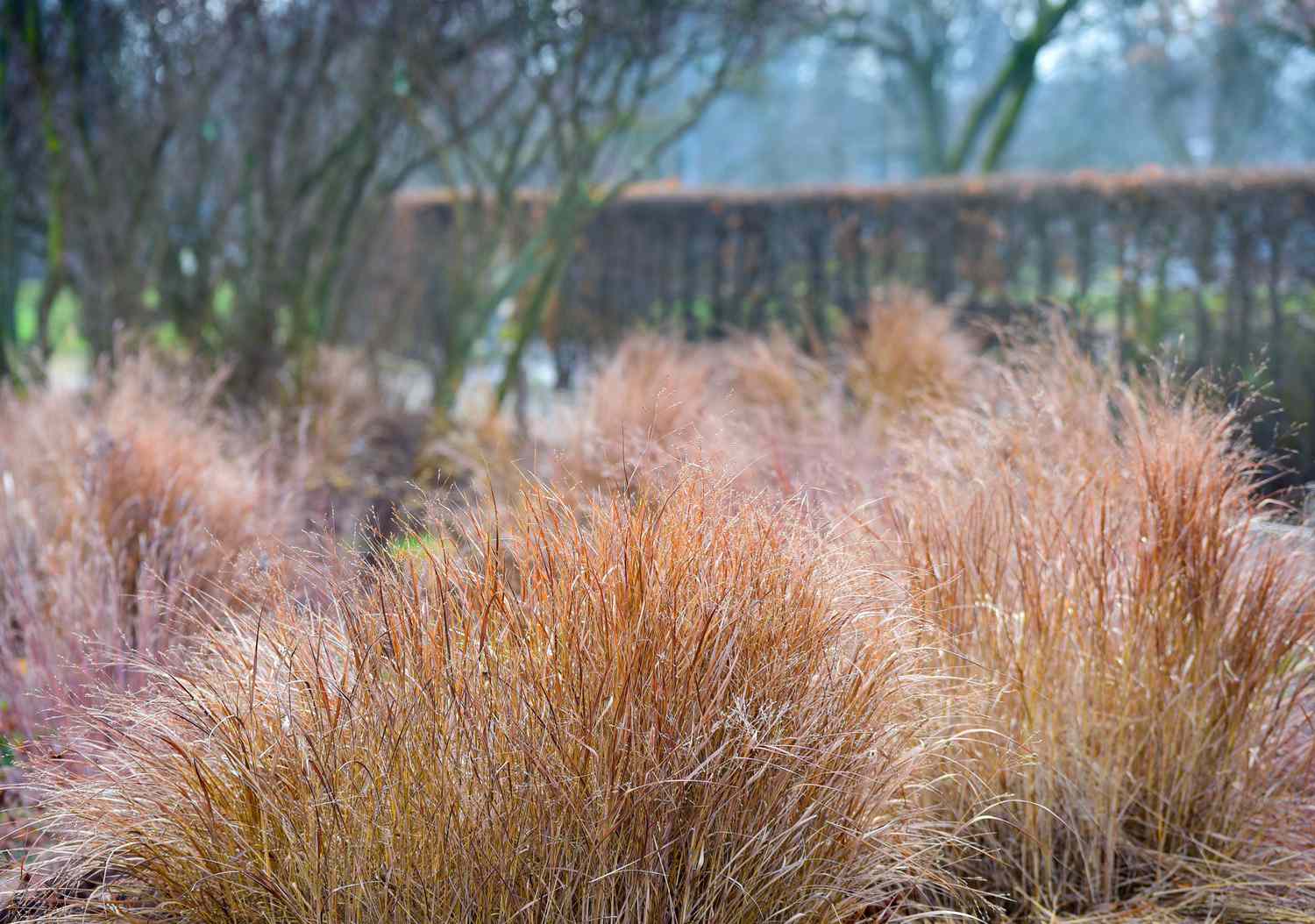
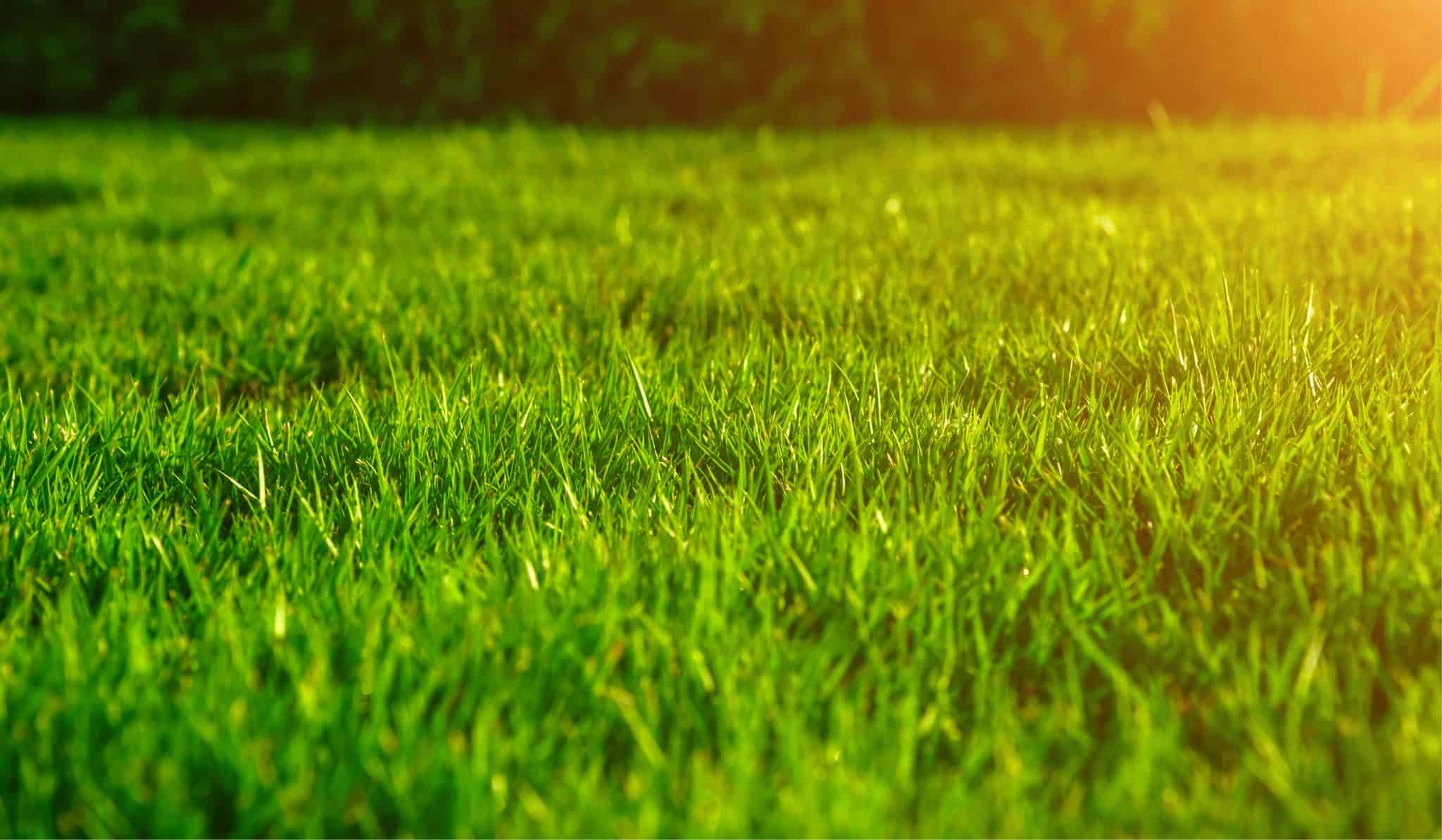
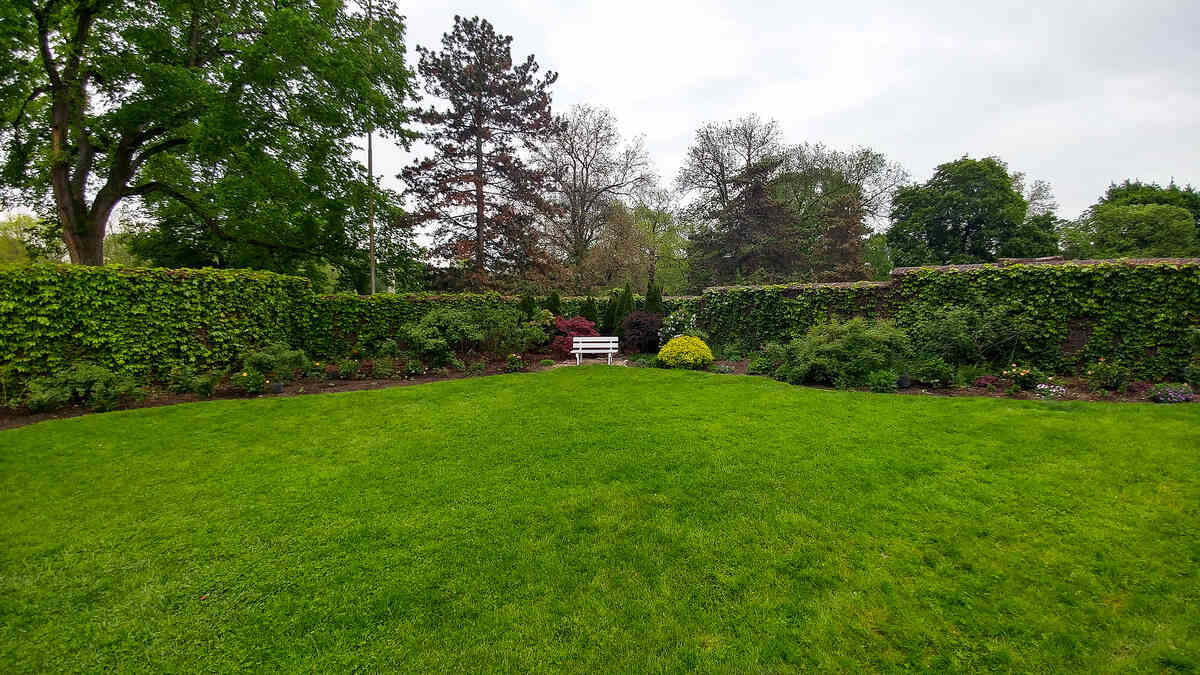
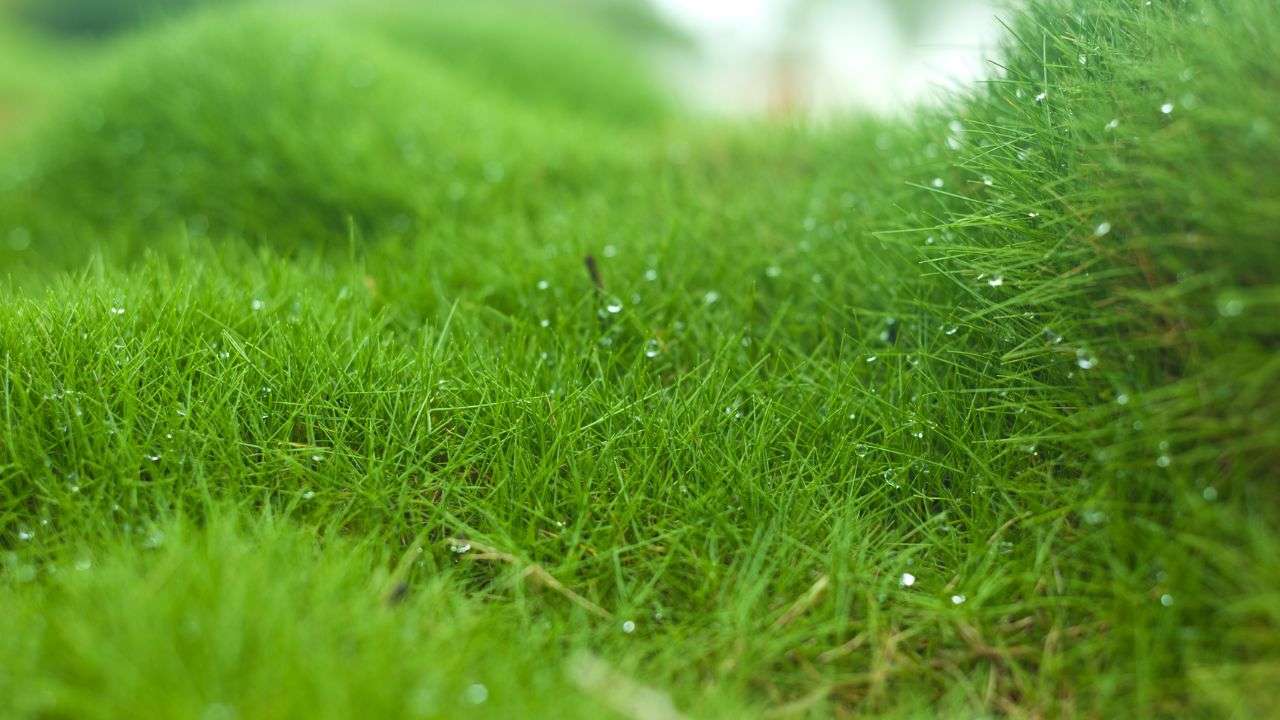
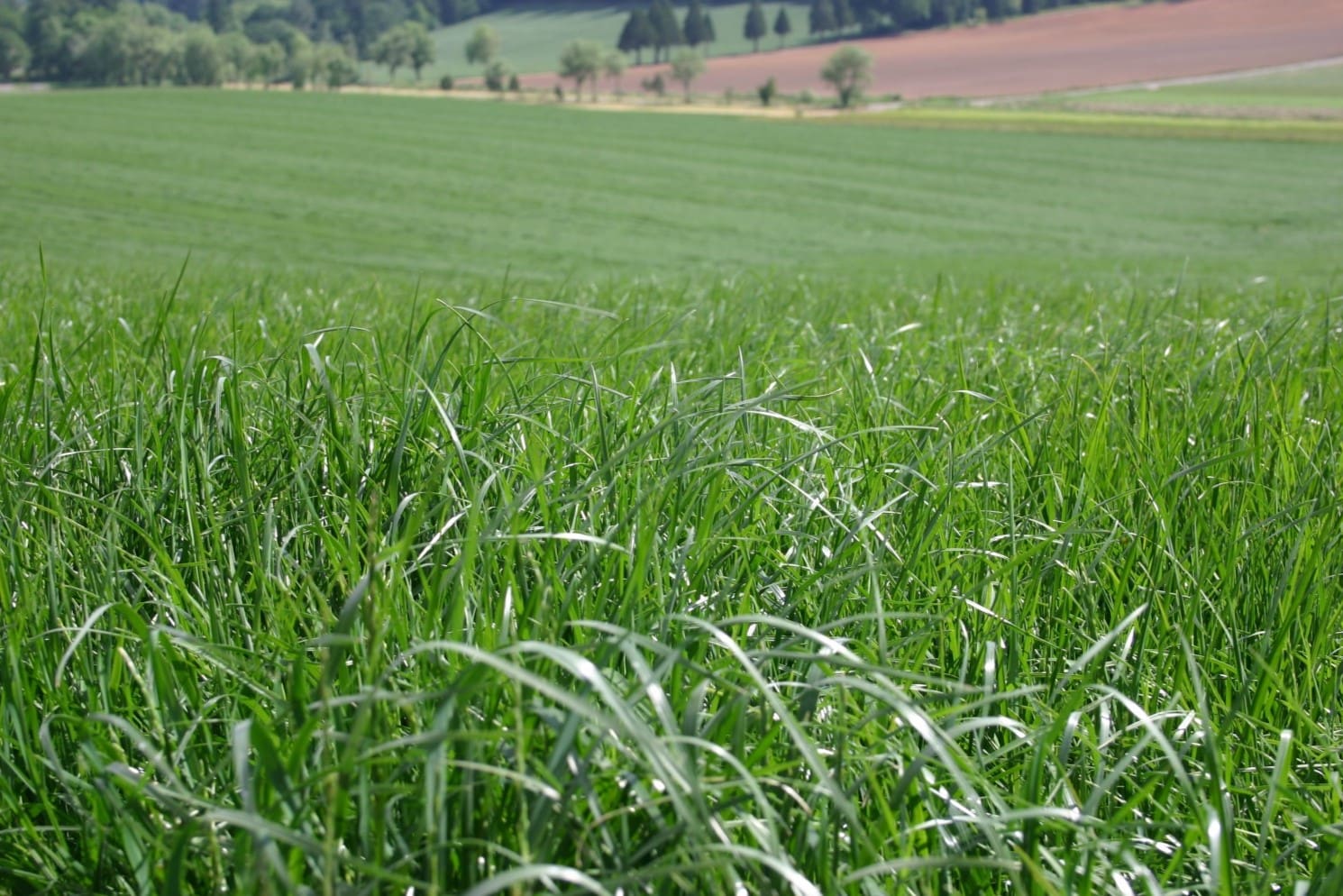
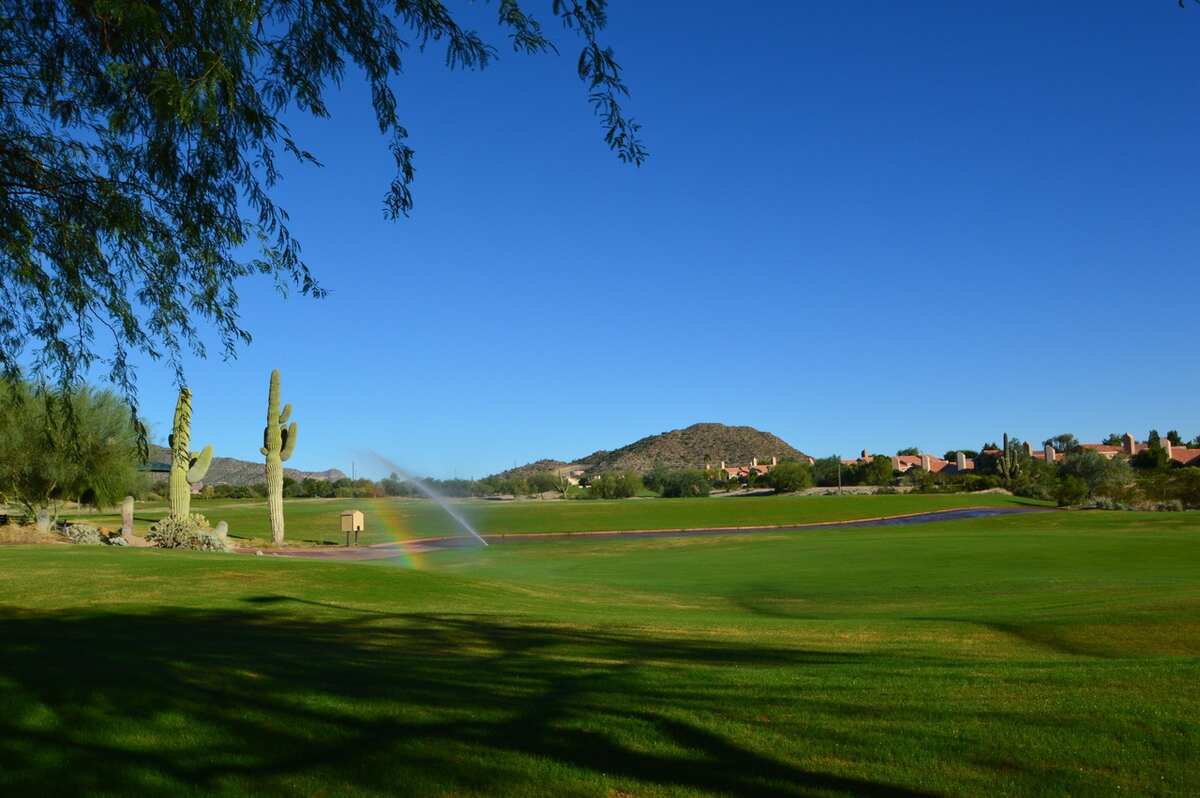


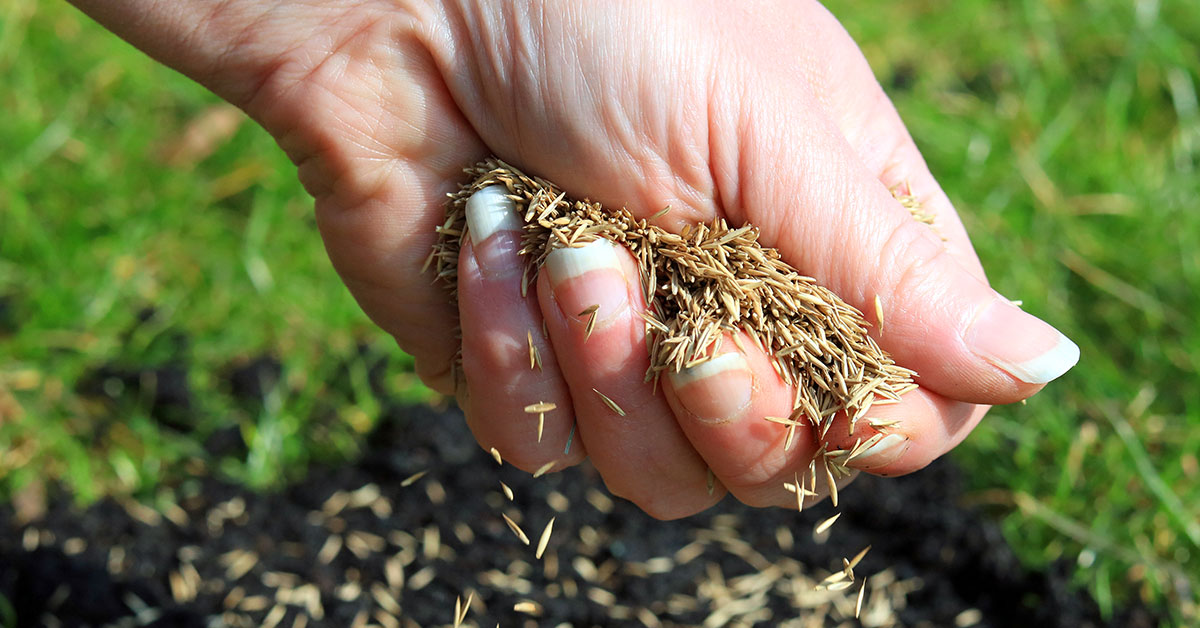
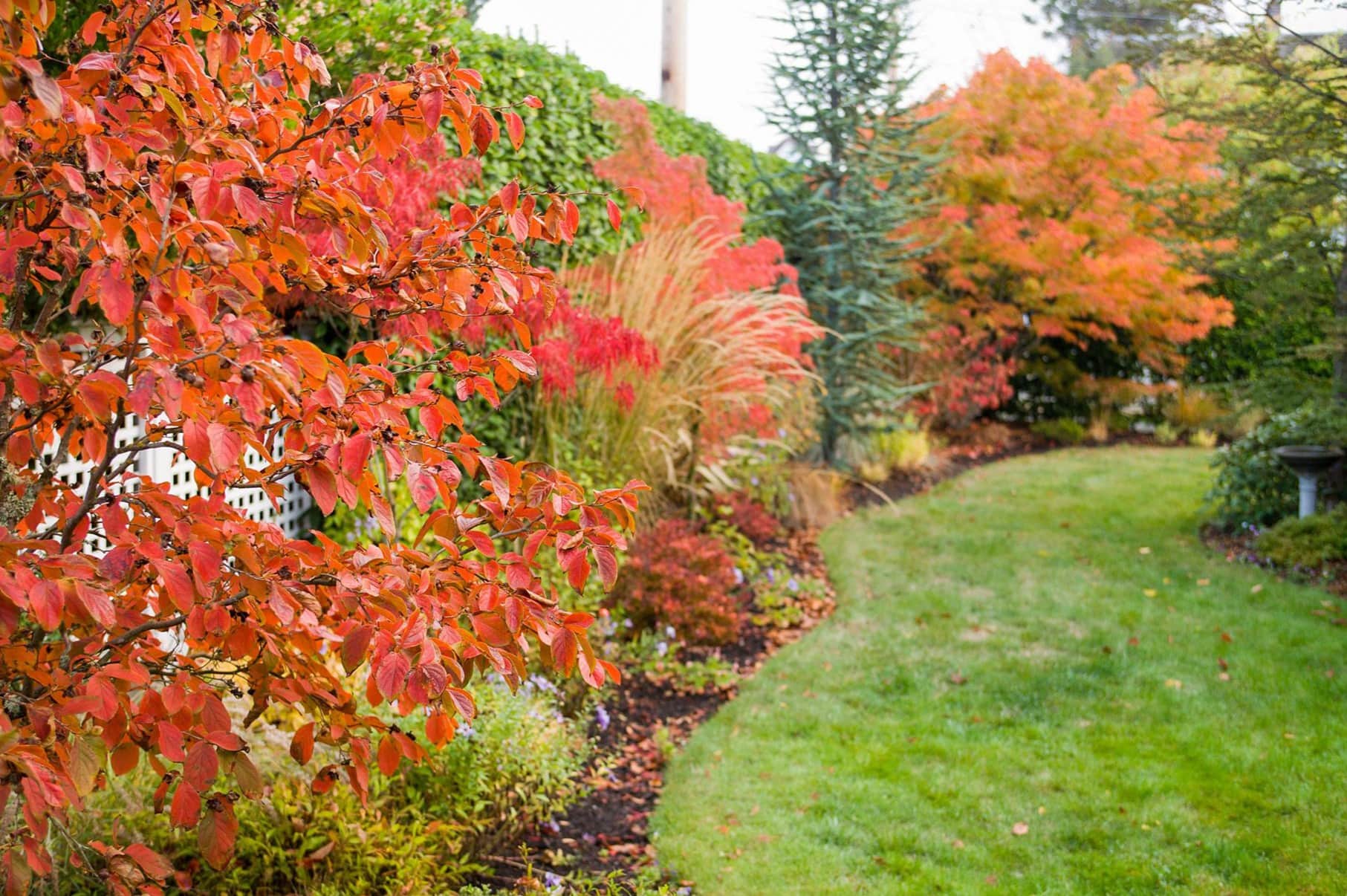

0 thoughts on “When To Plant Monkey Grass”